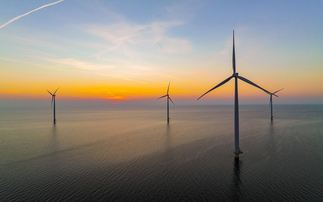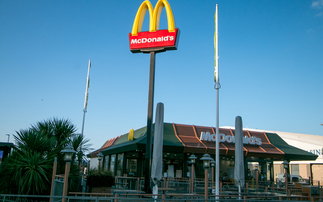The renewables revolution is fast gathering pace and we are now just a few pieces of the jigsaw away from an ultra-low emission grid
It's happening, people. On Sunday, one out of every five light bulbs in your home was powered using wind energy. If you own three TVs and two games consoles (you know who are), one of those was powered...
To continue reading this article...
Join BusinessGreen
In just a few clicks you can start your free BusinessGreen Lite membership for 12 months, providing you access to:
- Three complimentary articles per month covering the latest real-time news, analysis, and opinion from Europe’s leading source of information on the Green economy and business
- Receive important and breaking news stories via our daily news alert
- Our weekly newsletter with the best of the week’s green business news and analysis









